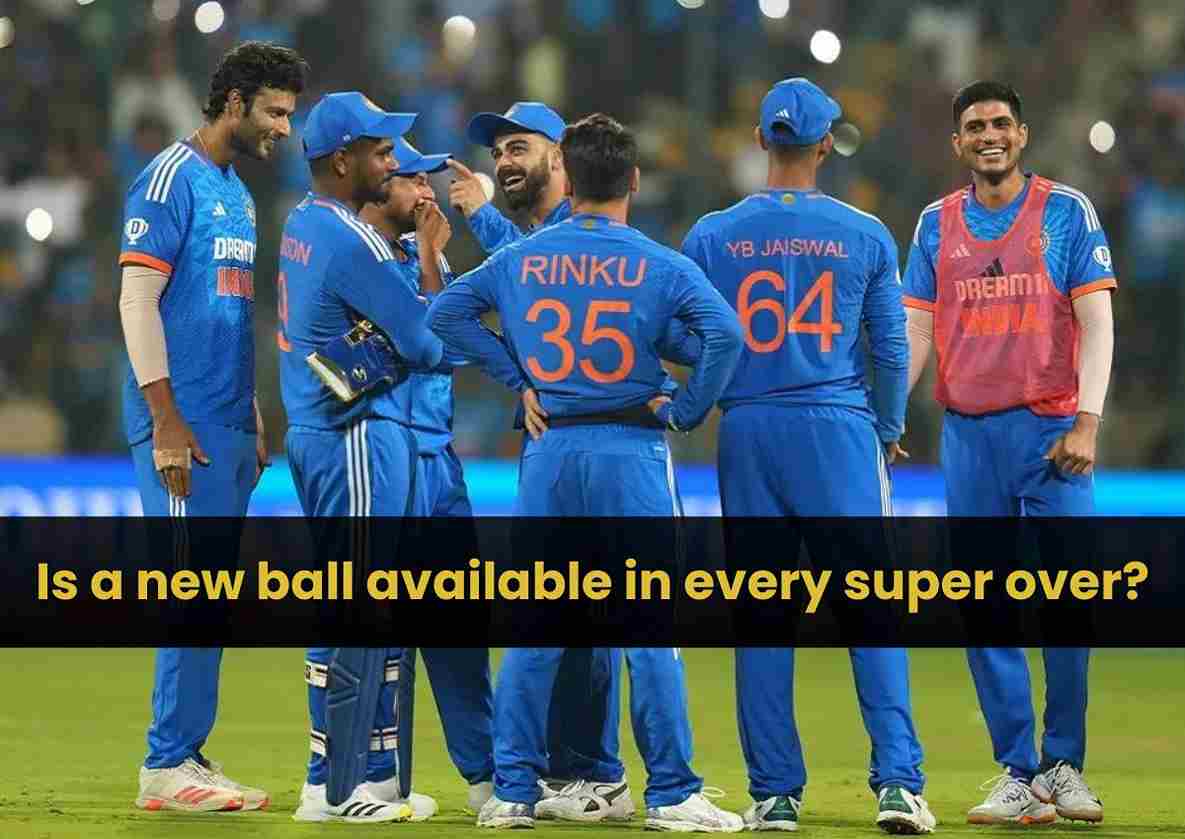IND vs AFG: There were two super overs in the match between India and Afghanistan. After this it became difficult for everyone to understand the rules related to it. Here we are telling all the rules related to Super Over, know what the rules are.
IND vs AFG: What is the rule
All limits of excitement were crossed in the match between India and Afghanistan. For the first time, there were two super overs in a match of Team India and India won in the end. This has occurred for the primary time withinside the records of worldwide cricket.
Both groups scored 212 runs of their allocated 20 overs and brought sixteen greater runs withinside the first incredible over. The Indian team won after a dramatic and somewhat controversial sequence of events in the second Super Over.
The rule related to setting boundaries was removed after the controversy in the 2019 World Cup final. Now there are some misconceptions regarding the rules related to Super Over, which we are going to clear here.
Rules related to bowler
IND vs AFG: A bowler who has bowled the first Super Over cannot bowl a second time. This is the reason why neither Azmatullah Omarzai nor Mukesh Kumar was given the ball in the second super over. Both fast bowlers had given 16 runs. In the second super over, Afghanistan had to bowl with Farid Ahmed and India with Ravi Bishnoi. Farid performed well by giving 11 runs, but Bishnoi ended the match by taking two wickets.

Shift Change rules
IND vs AFG: The batting order of the teams changes in the Super Over. In this match, India batted first, but in the Super Over, Afghanistan team came to bat first. Whereas, again in the second super over, Team India batted first. In a Super Over, no team can chase the target in two consecutive innings.
Policies Associated with Batsmen
- According to MCC policies, a batsman who’s out withinside the first Super Over can’t bat withinside the 2nd Super Over.
- Before the start of the Super Over, both the teams decide the names of their three batsmen, who will participate in the Super Over.
- If a batsman is selected in the first Super Over, but does not bat or is not out, he can bat in the second Super Over.
- Similarly, if he retires hurt, he remains eligible to bat at the fall of the wicket or in the next Super Over.
- Even during the match, players retire to bat after being hurt and come out to bat when the wicket falls. On most occasions, batsmen have been seen batting despite injury after the fall of the ninth wicket.
- India sent Sanju Samson to bat in the second super over in place of Yashasvi Jaiswal. It was completely a strategic decision.
- Yashasvi was unbeaten in the first Super Over, but Rinku Singh batted in the second Super Over as he was unbeaten in the first Super Over after replacing Rohit.
- There is still confusion regarding why Rohit batted. There is a difference between retiring and retiring out. If a batsman is retired, he can bat again, but a batsman who is retired out cannot bat again.
- According to what happened in the match, Rohit was ‘retired out’, which means he should not have batted. But he came to bat.
- This means that he was not retired out so that Rinku Singh could run fast to run away two runs on the last ball.
How many super overs can there be in a match?
According to ICC rules, super overs should take place until the result of the match is declared. If there was a tie in the second super over between India and Afghanistan, then a third super over would have been conducted. If rain occurs before the completion of a Super Over or further play is not possible for any other reason, the match will remain tied.
Is a new ball available in every super over?
No, a new ball is not available for the Super Over. The host cricket board provides a box of balls for every T20 match. There are six new balls and several old balls, which have been used for different overs. In a Super Over, the same balls are used with which the entire match has been played.
The bowling team can choose any ball used in the match to bowl a super over. In the Super Over, the team bowling in the second innings can also choose any ball from the same balls. Also the ball with which the opposition team has bowled in the Super Over.
Also Read: IND vs AFG T20 Series: Virat Kohli and Rohit Sharma Eye Record Milestones



